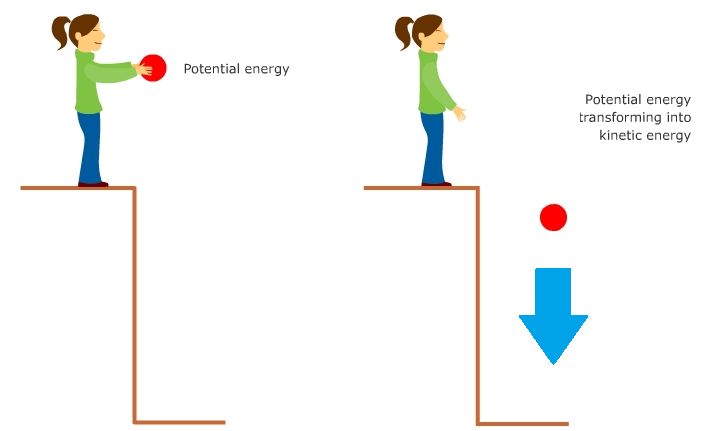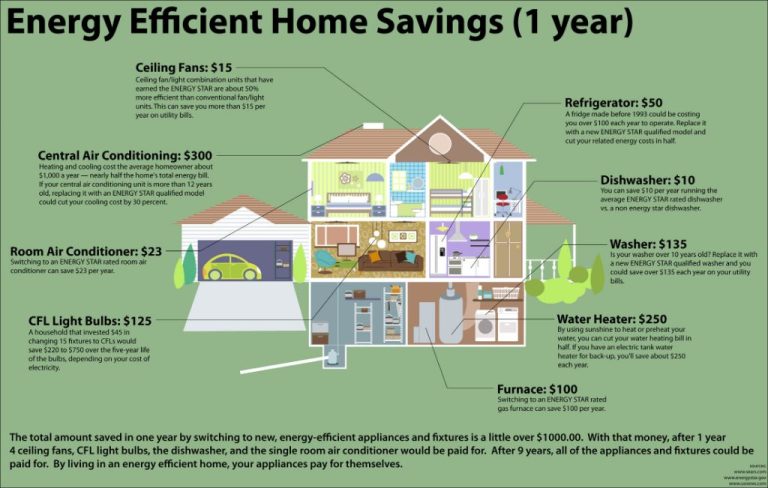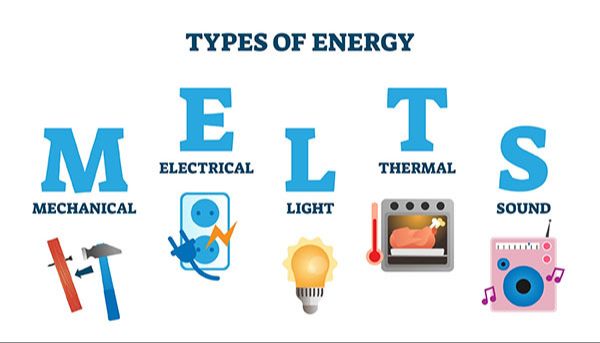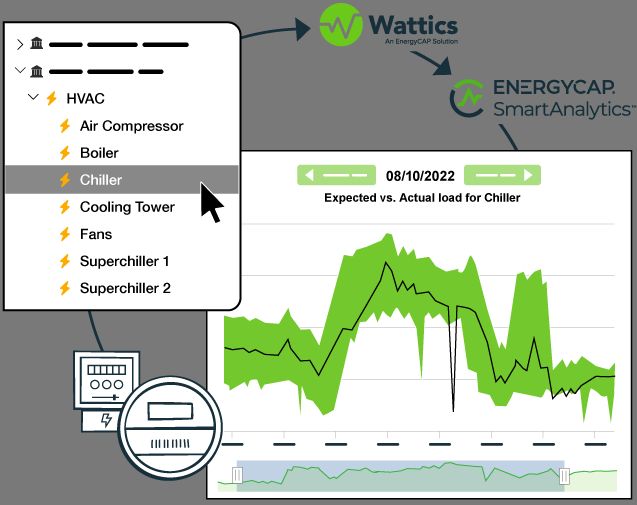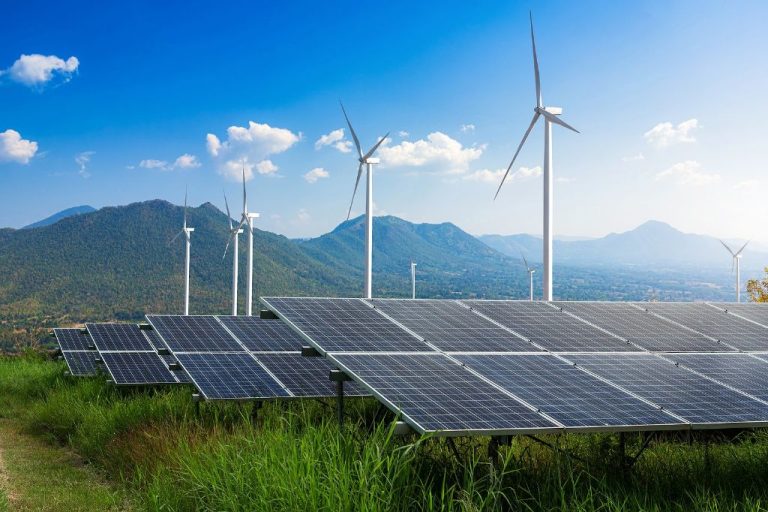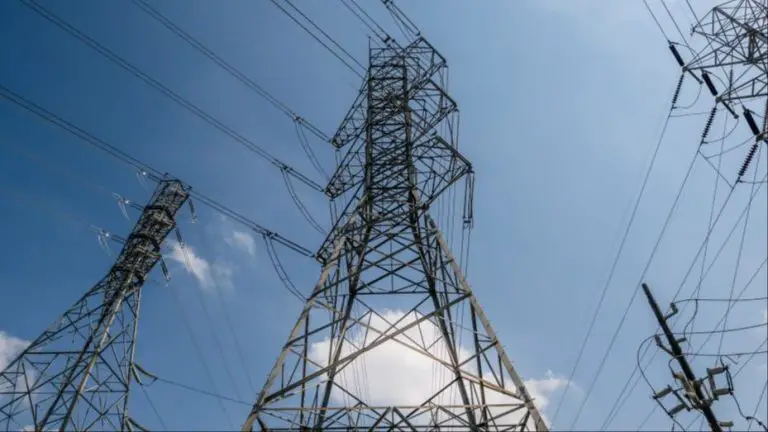Which Energy Source Is Cheapest?
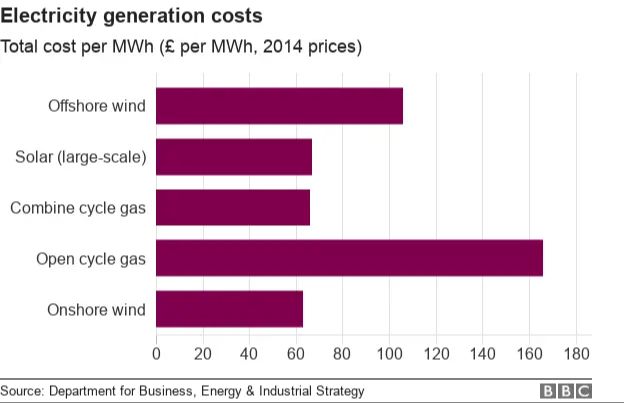
With rising energy costs and growing climate concerns, determining the cheapest energy source has become an important question. Knowing which energy sources provide affordable and reliable power can help guide energy policy, infrastructure investments, and consumer choices. The cheapest energy sources may vary between countries and regions due to differing availability of resources, government subsidies, technological capabilities, and market factors. Understanding the true costs also requires looking beyond just the market price to externalities like pollution and environmental damage. This analysis aims to cut through the complexity and identify which energy sources currently provide the lowest cost electricity, both from an accounting perspective and when factoring in hidden external costs.
Defining ‘Cheap’
When comparing energy sources, it’s important to consider both upfront and lifetime costs. Upfront costs refer to the initial investment required to build and install an energy system. This includes construction, equipment, permitting, and labor expenses to get the system up and running. Lifetime costs encompass the total cost over the operating life of the system, including fuel, maintenance, repairs, financing costs and more.
Fossil fuel plants often have lower upfront costs compared to renewable sources, but higher operating and fuel expenses over their lifespan. Renewables like solar and wind require significant upfront investment, but minimal ongoing fuel costs. Looking at just upfront or just operating costs in isolation can be misleading. The total lifetime cost gives a more accurate representation of which energy sources are truly the most economical.
According to a report, long duration energy storage technologies have a wide range of upfront installed costs. However, when factoring in lifetime operational costs the economics change significantly. There is no definitive answer on the cheapest energy source without looking at full lifetime costs.
Fossil Fuels
Fossil fuels like coal, oil and natural gas have historically been some of the cheapest sources of energy generation. This is largely due to their abundance and existing infrastructure built up over the last century to produce, transport and burn these fuels. However, fossil fuel costs can vary greatly by region and are subject to complex pricing dynamics.
According to IRENA, the upfront capital costs for new fossil fuel power plants in 2020 ranged from $650-1200 per kW of capacity for coal plants, $500-850 per kW for gas plants, and $1200-1800 per kW for oil plants (IRENA, 2020). Operating costs can also be significant, as fuel must continually be extracted, transported and purchased to run these plants.
Estimates for the wholesale cost of electricity from fossil fuel plants in 2020 ranged from around 5-15 cents per kWh. Coal power was generally the cheapest, averaging around 5-7 cents per kWh in G20 countries, while natural gas averaged around 7-10 cents per kWh (IRENA, 2020). However, these prices do not account for externalities like pollution and environmental damage.
Fossil fuel prices fluctuate locally based on transportation costs and market conditions. They can be very cheap when extracted locally near power plants. But longer supply chains and reliance on imports can drive costs up significantly.
Sources:
https://www.irena.org/-/media/Files/IRENA/Agency/Publication/2021/Jun/IRENA_Power_Generation_Costs_2020_Summary.pdf
Nuclear
Nuclear power plants have very high upfront costs, but low operating costs. The levelized cost of electricity (LCOE) for nuclear power is estimated to be around $175 per megawatt-hour according to Lazard’s analysis. This is more expensive than utility-scale renewables like solar and wind, which have LCOEs around $40/MWh. However, the high capital costs account for most of the LCOE for nuclear. Once built, nuclear plants are relatively cheap to operate.
The construction cost for a new 1,000 MW nuclear reactor is estimated to be around $6 billion according to the US Energy Information Administration. But fuel and operating costs are low, at around $30/MWh. This compares favorably to coal and natural gas plants. Nuclear also has high capacity factors, meaning plants run consistently year-round.
While the upfront investment for nuclear plants is high, the low and stable operating costs can make them economical over decades of operation. But high financing costs present challenges for new nuclear construction in deregulated electricity markets where low operating costs don’t guarantee profitability.
Renewables
Renewable energy sources like solar, wind, hydro and geothermal have become increasingly cost-competitive with fossil fuels in recent years due to technological improvements and economies of scale. According to IRENA, renewables are now the cheapest source of new power generation in most parts of the world.
For utility-scale solar PV projects commissioned in 2022, costs fell by 13% compared to 2021 to a global average of $0.038/kWh. Onshore wind costs fell 5% to $0.033/kWh. These renewable energy sources can now often generate electricity at lower costs than even the cheapest new fossil fuel-fired plants. Hydro and geothermal power remain competitive in suitable geographies, with costs around $0.047/kWh and $0.056/kWh respectively in 2022.
Regional differences exist due to resource availability and project development costs. But renewables are now among the most cost-effective sources of new generation in countries across Asia, Europe, North America, Latin America and Middle East & Africa. Their competitiveness will continue to increase with further cost reductions expected in coming years.
Transmission and Storage
The costs to transmit and store energy vary significantly depending on the source. Fossil fuels like coal and natural gas require relatively low transmission and storage costs since they can be easily transported by rail, truck, pipeline or barge and stored on-site at power plants. According to the US Energy Information Administration, delivering coal costs an average of $13 per short ton and the average cost to transmit and distribute natural gas is $2-$3 per thousand cubic feet.
Transmitting electricity from nuclear and renewable sources like wind and solar is more complex. High voltage transmission lines are required to move the electricity from the power plant to substations and ultimately to homes and businesses. These transmission costs add 1-3 cents per kilowatt hour according to the US Department of Energy. Battery or other storage systems are also often required with intermittent renewables like wind and solar since they only produce power when the wind is blowing or sun is shining. The National Renewable Energy Lab projects utility-scale lithium-ion battery storage costs will range from $245-$403 per kWh of storage capacity in 2025 (1). Pumped hydropower storage can provide storage at lower costs of $150-$250 per kWh but depends on suitable geography and environmental concerns.
Externalized Costs
When comparing energy sources, it’s important to consider the externalized or hidden costs that are not reflected in the market price. As defined by the World Nuclear Association, external costs “are those actually incurred in relation to health and the environment, and which are quantifiable but are not built into the cost of the electricity” (https://world-nuclear.org/information-library/economic-aspects/externalities-of-electricity-generation.aspx). These can include the impacts of air pollution on human health, climate change impacts, and environmental degradation.
Fossil fuels like coal and natural gas have high external costs related to greenhouse gas emissions that contribute to climate change. There are also public health costs associated with the air pollution emitted from burning these fuels. Nuclear energy has lower externalized costs in terms of emissions, but there are risks and costs related to nuclear accidents and waste disposal that need to be considered.
Renewable energy sources like solar and wind have very low externalized costs since they produce little to no emissions or waste products. However, their intermittent nature requires storage, backup capacity, and transmission infrastructure that add to their overall costs.
Properly accounting for externalized costs can shift the economics substantially when comparing different energy sources. While renewables have high upfront capital costs, their minimal externalities mean they are competitive when total lifetime costs are evaluated.
Government Incentives
One key factor in determining the cheapest energy source is government subsidies and incentives. According to the International Energy Agency, global subsidies for fossil fuels amounted to $320 billion in 2017, far exceeding those for renewables. However, subsidies vary greatly by country.
In the United States, federal energy subsidies still favor fossil fuels, but renewables are catching up. The Energy Information Administration reports that 46% of energy subsidies went to renewables in FY 2016-2022, compared to 35% for fossil fuels. Tax breaks for renewables have increased in recent years while fossil fuel subsidies have declined.
Fossil fuel subsidies often take the form of tax breaks, such as the deduction for intangible drilling costs for oil and gas. Renewable subsidies include tax credits, cash grants, loan guarantees, and accelerated depreciation. According to the IMF, these incentives make renewables more competitive with heavily subsidized fossil fuels.
Regional Differences
The cost of electricity varies significantly across different regions and states in the U.S. This is due to a number of factors including the type of energy generation, climate, population density, taxes, and regulations. According to CNET, some of the states with the cheapest electricity rates in 2024 were Louisiana at 11.37¢/kWh, Indiana at 11.55¢/kWh, and Utah at 9.98¢/kWh. Meanwhile, states like Hawaii and Alaska can pay over 20¢/kWh. Densely populated states in the northeast like Massachusetts and Connecticut also tend to have higher rates.
The U.S. Energy Information Administration provides a map showing the average retail price of electricity by state. This illustrates the regional differences across the country. The cheapest regions for electricity include parts of the Midwest, South, and Northwest. More temperate southern states that rely heavily on cheap coal, gas, hydroelectric, and nuclear tend to have lower rates. Colder northern states with higher demand for heating and less access to cheap hydroelectric often have higher rates.
Local climate and infrastructure also play a role. States like Arizona with lots of air conditioning demand in the summer can have high rates. Rural states with sparse populations like Wyoming and Montana require more infrastructure investment per person.
So in summary, regional differences in climate, population density, energy mix, and regulations cause significant variation in electricity costs across different parts of the U.S.
Conclusion
In summary, determining the “cheapest” energy source is complex, with many factors to consider. Fossil fuels like coal may seem inexpensive but have major externalized costs. Renewables like solar and wind continue to decline in price and are now cost competitive with conventional sources in many regions. However, their intermittent output requires storage and transmission investments. Nuclear has low operating costs but high upfront capital costs. Considering all factors, most analyses find that onshore wind and utility-scale solar PV are often the cheapest sources per kWh generated when including environmental and health costs. However, economics vary greatly by location. The cheapest and most sustainable approach combines renewables with storage technology innovations while internalizing environmental externalities within fossil fuel pricing. Utilities, consumers, and policy makers should take a long-term view when evaluating energy costs.

